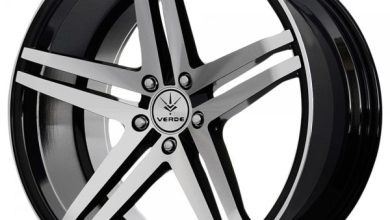Vehicle Safety And Maintenance

When it comes to vehicle safety and maintenance, there are several important aspects that every driver should be aware of. Proper vehicle maintenance is crucial to keeping your car running smoothly and ensuring that it remains safe to operate on the road. The Safer Drivers Course emphasizes communication and cooperation on the road, which can help drivers learn how to communicate effectively with other drivers.
Checking Tire Pressure:
Overinflated or underinflated tires can lead to a host of problems, including reduced fuel efficiency, poor handling, and increased risk of blowouts or accidents.
To check your tire pressure, you will need a tire pressure gauge and access to an air pump. Start by removing the cap from the tire valve stem, and press the gauge onto the stem to get a reading. The recommended tire pressure for your vehicle can usually be found in the owner’s manual or on a sticker inside the driver’s side door jamb. If the pressure is too low, use the air pump to add air until you reach the recommended pressure. If the pressure is too high, release some air using the valve on the tire stem.
Checking Oil Levels:
Another important aspect of vehicle maintenance is checking your oil levels regularly. Your engine relies on oil to lubricate its moving parts and prevent excessive wear and tear, so it’s important to keep your oil levels topped up. To check your oil level, start by locating the dipstick under the hood of your car. Pull the dipstick out and wipe it clean with a rag or paper towel.
If your oil level is low, you will need to add more oil to your engine. Be sure to use the correct type of oil for your vehicle, as specified in the owner’s manual. It’s also important to change your oil regularly, according to the manufacturer’s recommendations. Over time, oil can become contaminated with dirt and debris, which can lead to engine damage if left unchecked.
Responding To Common Vehicle Malfunctions:
Even with proper maintenance, it’s not uncommon for vehicles to experience malfunctions from time to time. Knowing how to respond to common issues can help you stay safe on the road and prevent further damage to your vehicle. Here are some of the most common vehicle malfunctions and how to respond to them:
Flat Tire – If you have a punctured tire while traveling, you should immediately pull over to a safe location. Turn on your vehicle’s warning signals and use a hoist to lift it off the ground. Remove the punctured tire and replace it with the spare while securing the lug fasteners securely.
Dead Battery – If your battery dies while you’re driving, you may be able to jumpstart it using another vehicle’s battery. Connect one end of the red cable to the positive terminal of the deceased battery and the other end to the positive terminal of the battery of the other vehicle. Then, connect one end of the black cable to a metal surface on your vehicle and the other end to the negative terminal of the other vehicle’s battery (such as a bolt). Start the other vehicle and let it run for a few minutes, then try starting your own vehicle.
Overheating – If your engine begins to overheat, it’s important to pull over to a safe location and turn off the engine as quickly as possible. Let the engine cool down for a while before attempting to check the coolant level. Once the engine has cooled, open the hood and locate the coolant reservoir. If the level is low, add more coolant (mixed with water according to the manufacturer’s instructions) until it reaches the proper level. Be sure to check for leaks or other issues that may be causing the engine to overheat, and seek professional assistance if necessary.





